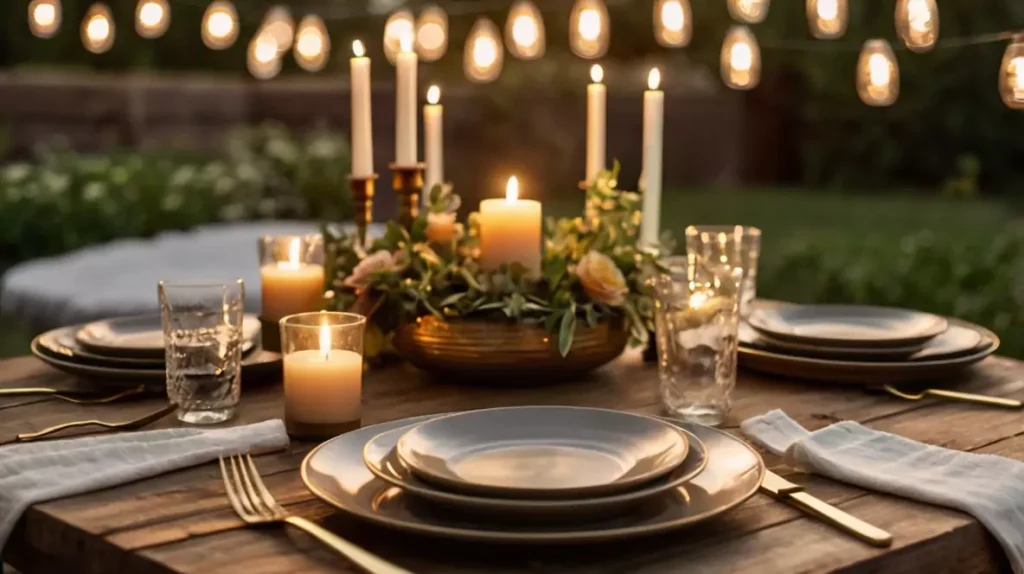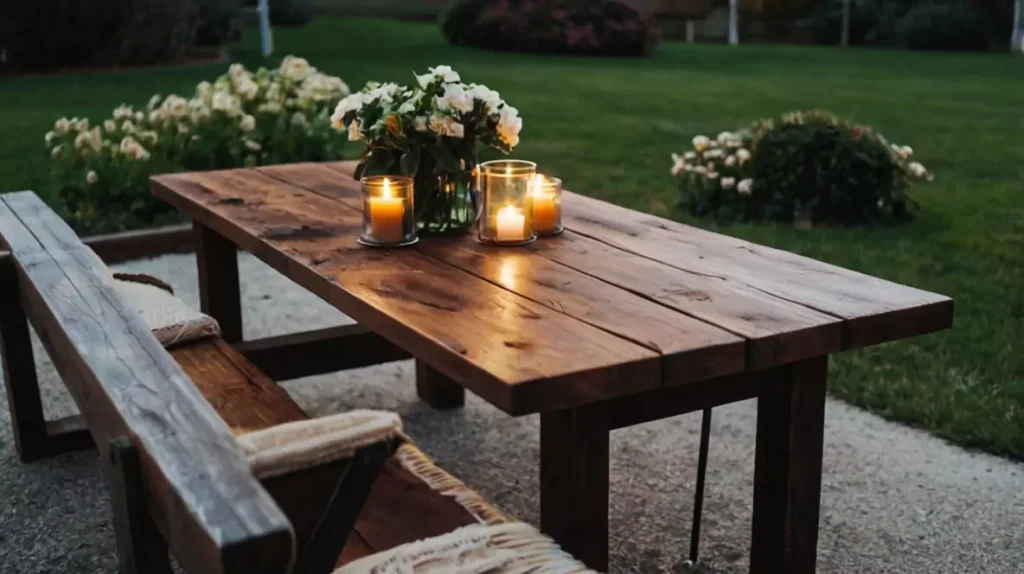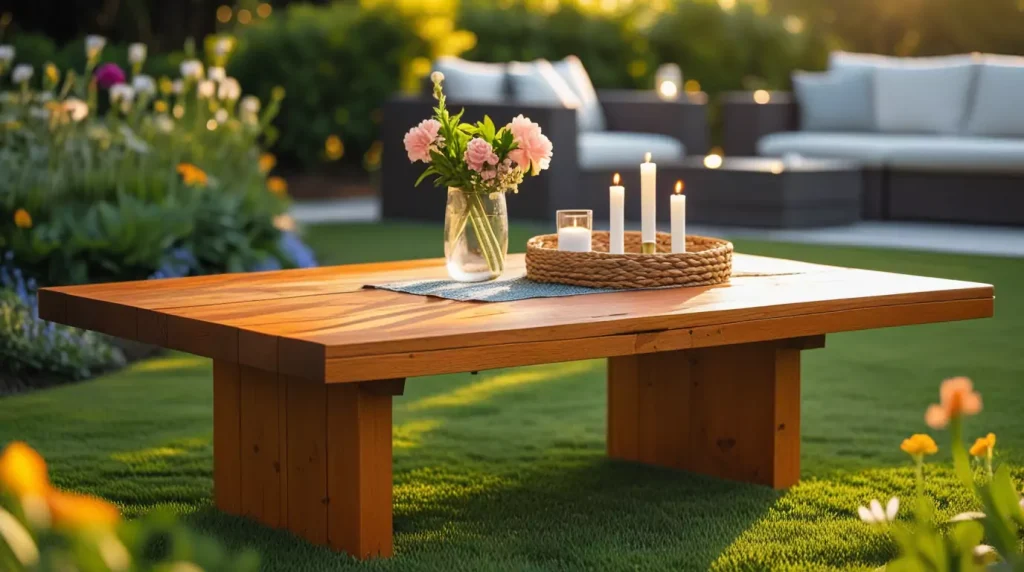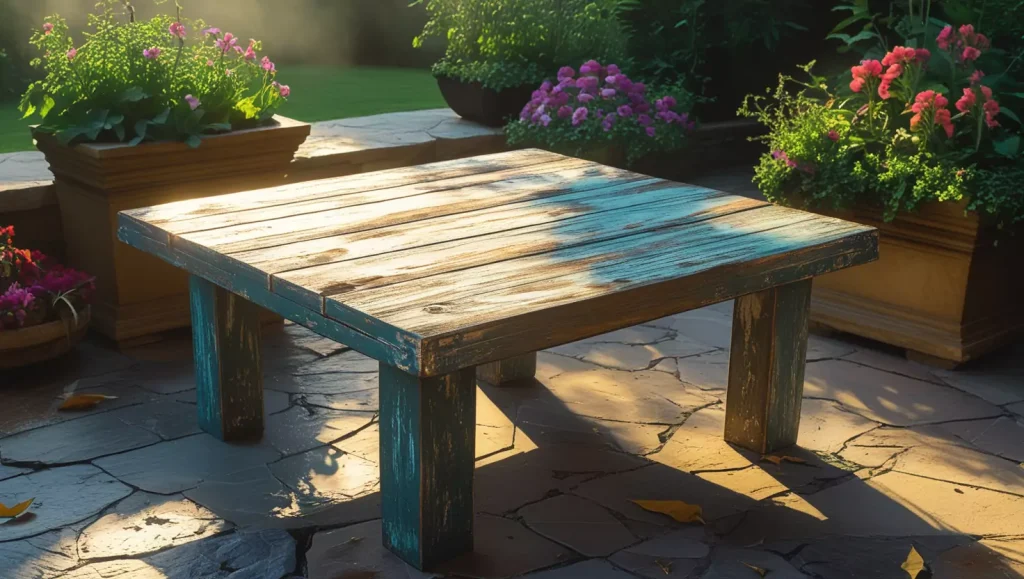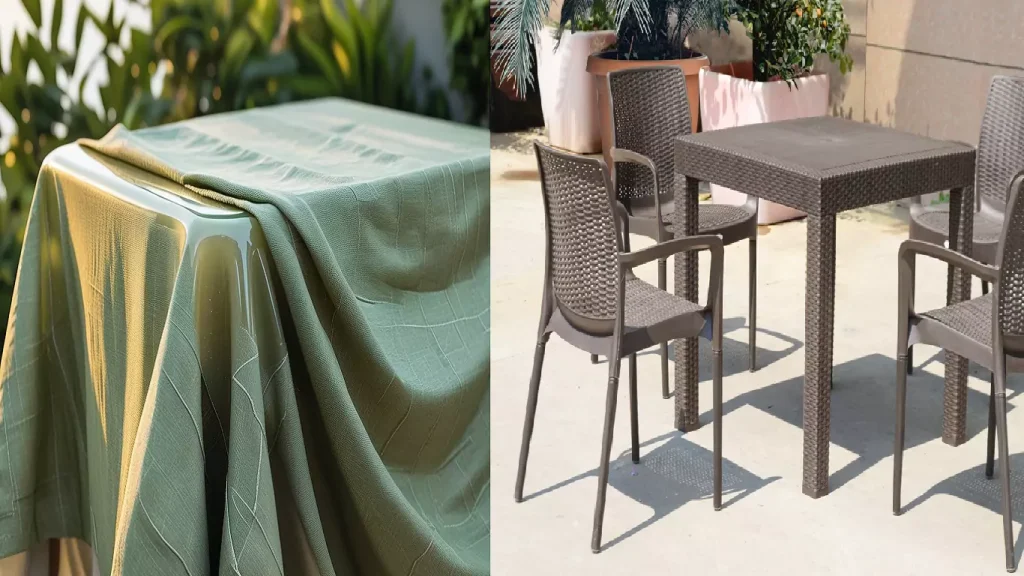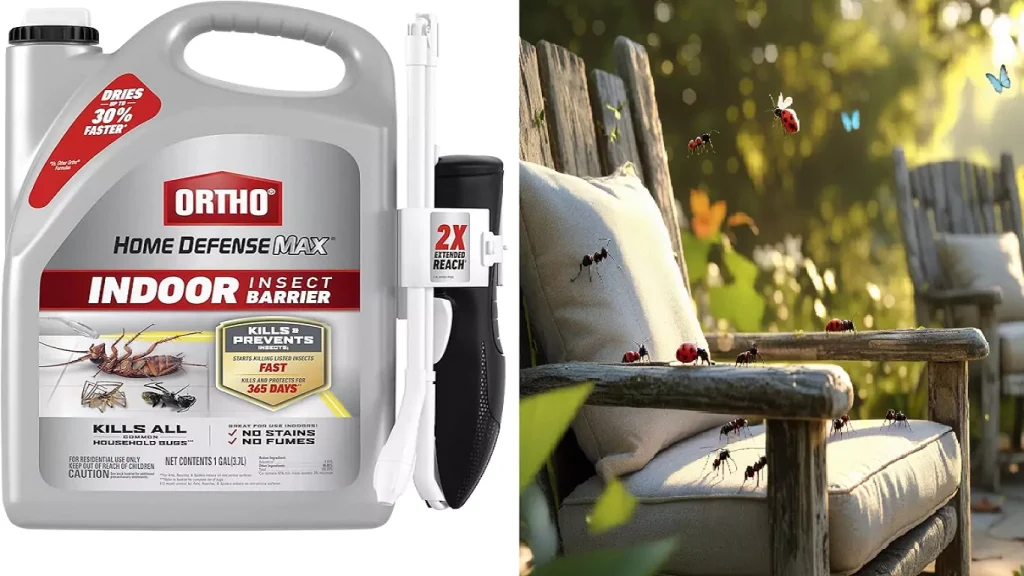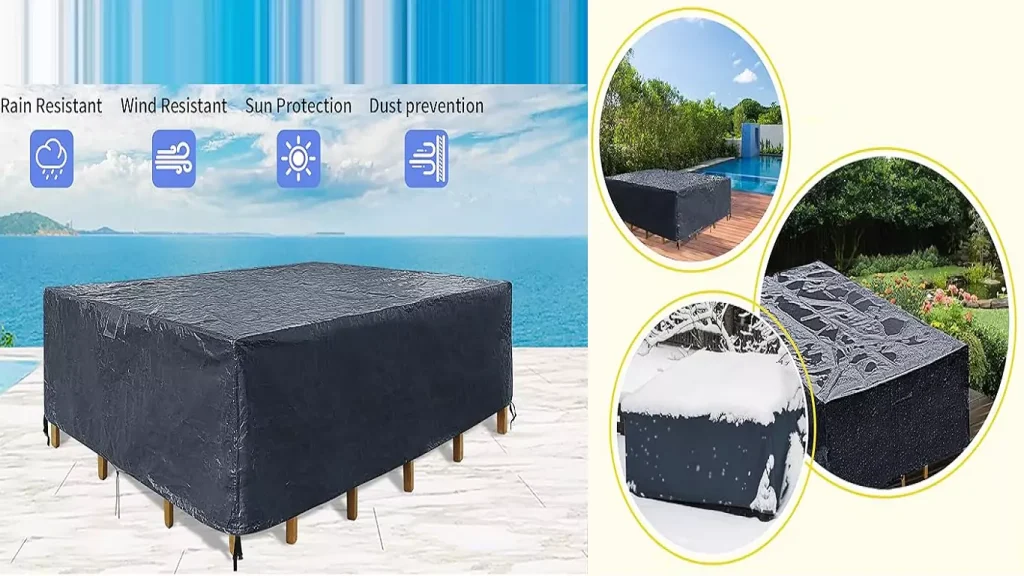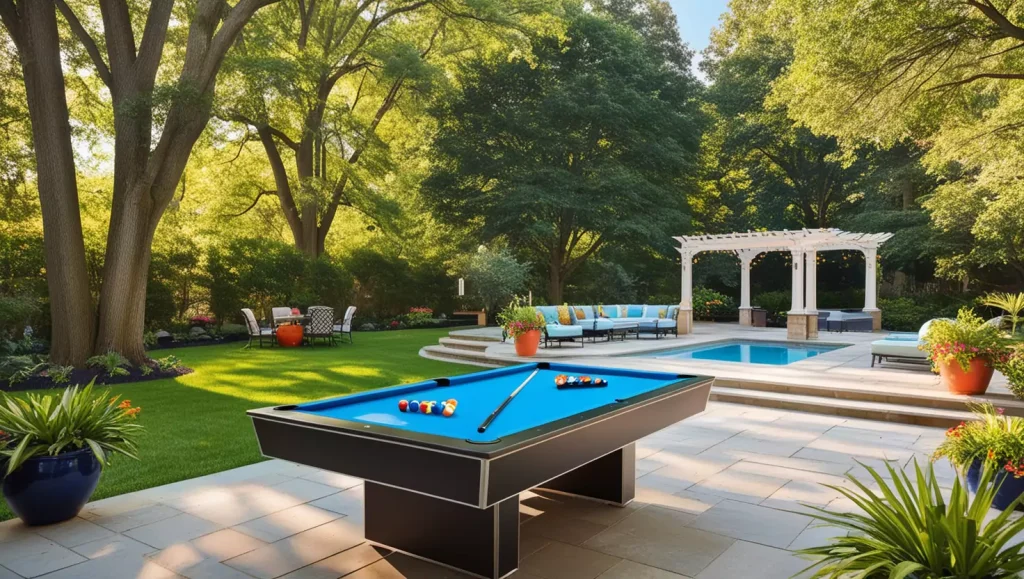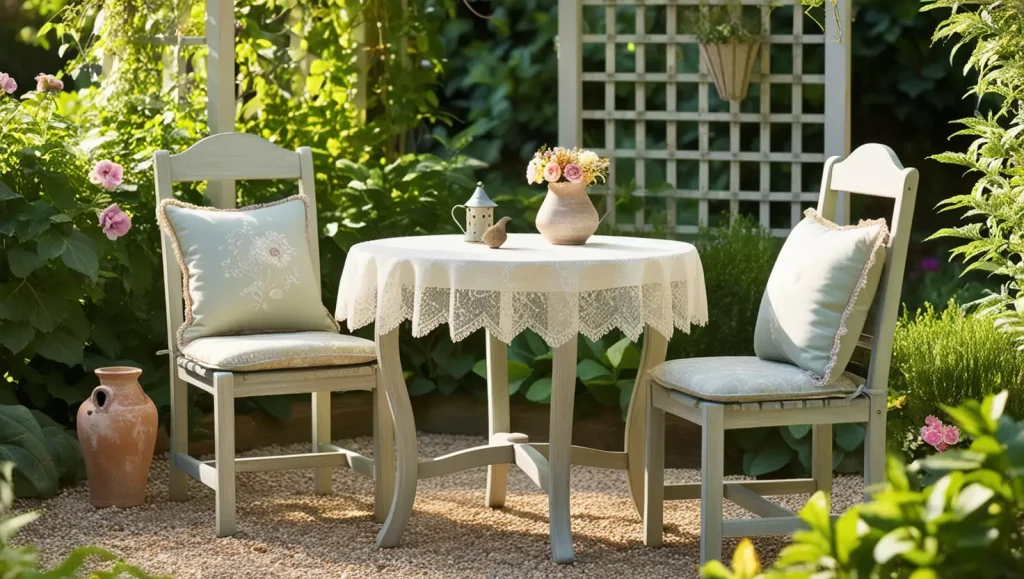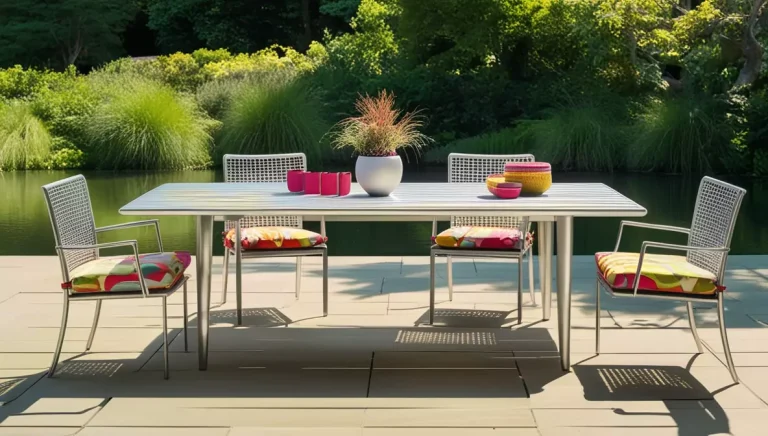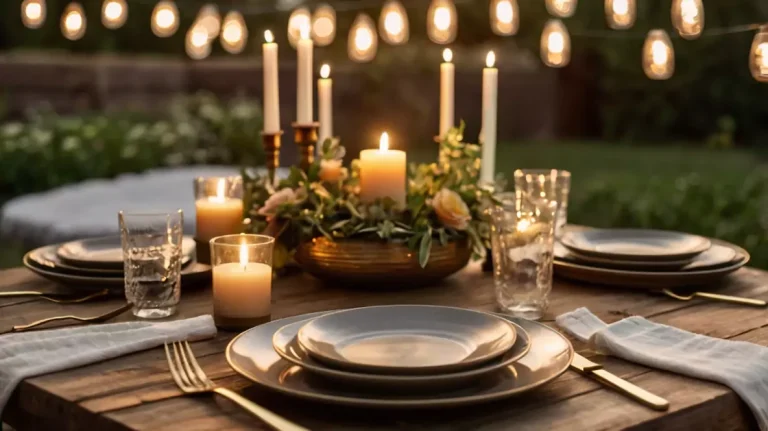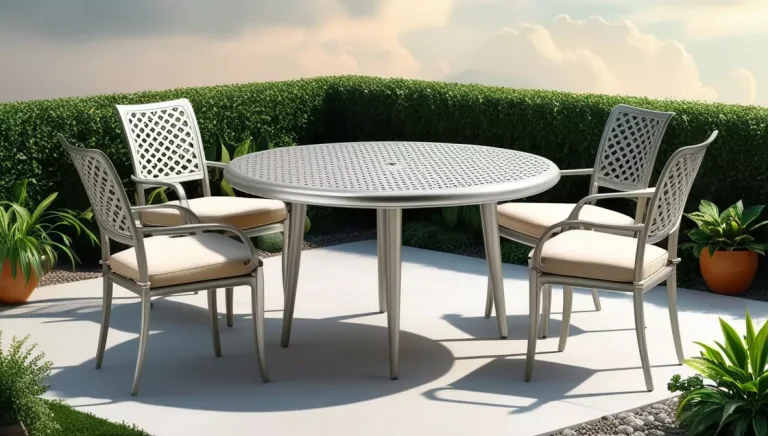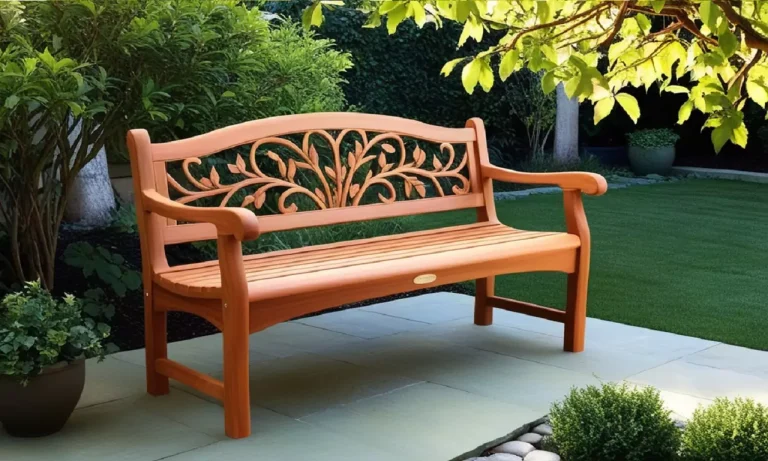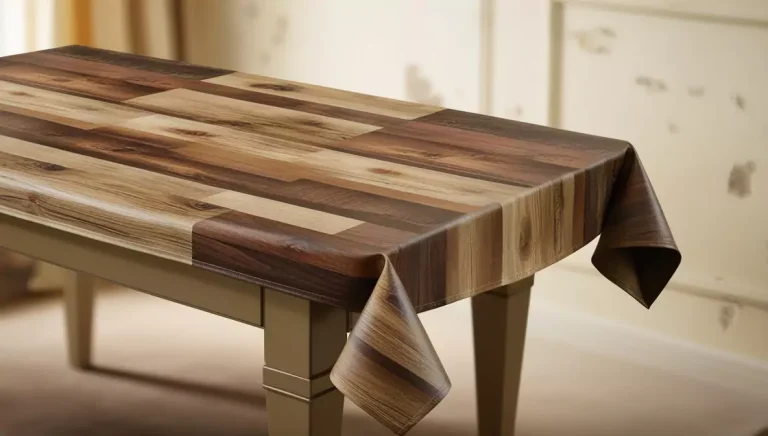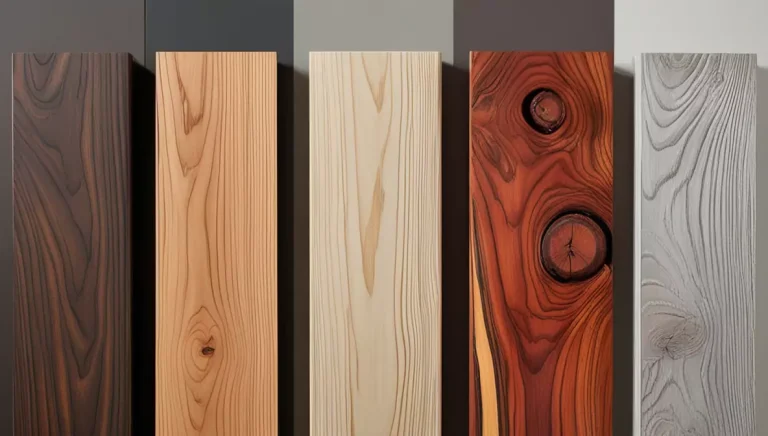Is there any protection for an outdoor resin table?
Do You Know These Information
Is there any protection for an outdoor resin table? Do You Know These!
Resin furniture has become a popular choice for outdoor spaces due to its durability, versatility, and aesthetic appeal. However, many homeowners wonder if resin is truly weatherproof and how to protect it from the elements. This guide will answer common questions like “Is there any protection for an outdoor resin table?” and give useful advice on how to maintain resin patio furniture.
While resin is designed to withstand various weather conditions, prolonged exposure to sunlight, rain, and extreme temperatures can eventually cause wear and tear. UV rays may lead to fading or brittleness, while moisture can contribute to mold or mildew growth. Additionally, heavy winds and freezing temperatures can impact the longevity of your outdoor resin table.
Fortunately, there are several ways to protect and extend the lifespan of your resin furniture. From using protective covers and applying UV-resistant sealants to regular cleaning and strategic placement, small efforts can make a significant difference.
Is Resin Weatherproof?
Resin is widely recognized for its weather-resistant properties, making it a popular choice for outdoor furniture and decor. Its ability to withstand varying weather conditions, including rain, humidity, and UV exposure, makes it a durable and long-lasting material. However, not all resins offer the same level of protection and durability. Different types of resin have different weatherproof qualities, which makes selecting the right type essential for outdoor applications.
Types of Resin and Their Weather Resistance
- Polyethylene Resin
- This type of resin is highly durable, UV-resistant, and resistant to moisture. It is commonly used in outdoor furniture and storage solutions due to its ability to endure extreme weather conditions without significant wear and tear.
- Epoxy Resin
- While epoxy resin is strong and versatile, it is not the best choice for prolonged outdoor exposure. Without UV protection, it tends to yellow and degrade over time when subjected to direct sunlight. However, adding a UV-resistant sealant can enhance its longevity outdoors.
- Polypropylene Resin
- This resin is another durable option for outdoor furniture. It is impervious to fading, cracking, and dampness. Its lightweight nature makes it easy to move and rearrange, while its resilience ensures it lasts in various weather conditions.
- Polycarbonate Resin
- Known for its strength and impact resistance, polycarbonate resin is used in products that require high durability. While it can withstand UV exposure, it may still need an additional protective coating to maintain its appearance over time.
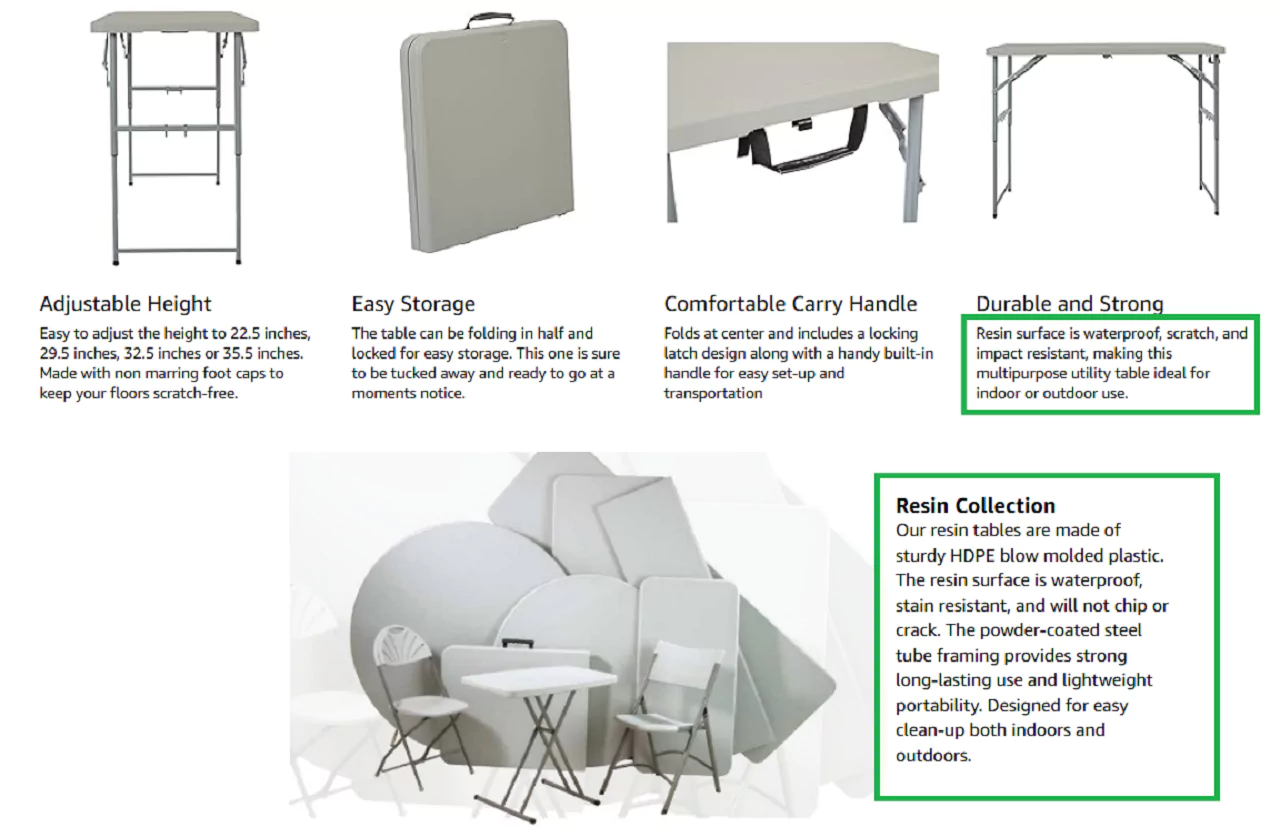
Is Resin Good for Outdoor Use?
Resin is an excellent choice for outdoor use due to its many advantages:
- Weather Resistance: Unlike wood or metal, resin does not rot, rust, or corrode when exposed to moisture.
- Lightweight: Resin furniture is easy to move and rearrange, making it convenient for patios, gardens, and decks.
- Easy Maintenance: Cleaning resin surfaces is simple with mild soap and water, requiring minimal effort.
- Pest Resistance: Unlike wooden furniture, resin is not susceptible to termites or insect infestations.
- Variety of Designs: Resin can be molded into various shapes, styles, and colors, making it a versatile material for outdoor decor.
However, the durability of resin furniture depends on the quality of the resin and the level of protection it receives. Some resin furniture may degrade over time if not properly maintained.
How to Protect Resin Outdoor Furniture
Although resin is durable, taking additional precautions can extend its lifespan and maintain its appearance. Tips to ensure longevity:
1. Use a Waterproof Cover
Investing in a high-quality waterproof cover can protect resin furniture from rain, snow, and direct sunlight. Covers help prevent fading, cracking, and moisture buildup that can weaken the material over time.
2. Apply a UV-Resistant Sealant
For resin items such as epoxy tables, applying a UV-resistant sealant can prevent yellowing and fading caused by prolonged sun exposure. Some sealants also provide an additional layer of moisture resistance.
3. Clean Regularly
Dust, dirt, and grime can accumulate on resin surfaces, making them appear dull. Regular cleaning with mild soap and water keeps the furniture looking new. Avoid using abrasive cleaners, as they can scratch the surface and damage the finish.
4. Provide Shade
Positioning resin furniture under an umbrella, awning, or covered patio can reduce exposure to harsh sunlight. This helps preserve the color and integrity of the resin, preventing premature degradation.
5. Store Indoors During Extreme Weather
When facing extreme weather conditions such as heavy storms, snow, or freezing temperatures, storing resin furniture indoors or in a sheltered area can prevent cracking and structural damage.
Comparing Resin to Other Outdoor Materials
To better understand resin’s suitability for outdoor use, it helps to compare it to other common materials used in outdoor furniture:
Material | Weather Resistance | Maintenance | Durability | Common Issues |
Resin | High | Low | Long-lasting | May fade if not UV-protected |
Wood | Moderate | High | Can rot or warp | Requires sealing & staining |
Metal | High | Moderate | Can rust if unprotected | Needs rust-resistant coating |
Wicker | Moderate | Moderate | Can unravel | Best when synthetic resin-based |
Plastic | Moderate | Low | Can become brittle | Prone to cracking in extreme cold |
Choosing the Right Resin for Outdoor Use

If you are planning to purchase resin furniture for outdoor use, consider the following factors:
- Type of Resin: Choose UV-resistant and weatherproof resin types such as polyethylene or polypropylene for long-term durability.
- Thickness and Build Quality: Thicker, well-built resin furniture tends to last longer than thinner, cheaply made alternatives.
- Finish and Protective Coating: If the furniture does not come with a protective coating, applying one can significantly enhance its weather resistance.
- Manufacturer’s Warranty: A longer warranty period often indicates better quality and durability.
Can Epoxy Resin Tables Be Used Outdoors?
Epoxy resin tables can be used outdoors, but they require extra care to maintain their durability and appearance. While epoxy is a strong and versatile material, exposure to outdoor elements can lead to various issues if proper precautions are not taken. Below, we explore the challenges of using epoxy resin tables outdoors and the best practices to ensure their longevity.
Challenges of Outdoor Use
Despite its many advantages, epoxy resin faces several challenges when placed in an outdoor environment:
- UV Damage
- Prolonged exposure to direct sunlight can cause epoxy resin to yellow and become brittle over time. UV rays break down the chemical structure of epoxy, leading to discoloration and a weakened surface.
- Temperature Fluctuations
- Extreme heat or cold can cause the epoxy resin to expand and contract. These temperature fluctuations can lead to cracking, warping, or even detachment from the underlying wood or base material.
- Moisture Exposure
- Rain, humidity, and snow can affect epoxy resin tables if they are not properly sealed. Moisture can penetrate small cracks, leading to cloudiness, delamination, or weakening of the resin over time.
Tips for Safe Outdoor Use
To protect your epoxy resin table and extend its lifespan, consider the following precautions:
- Choose Outdoor-Safe Epoxy Resin
- Not all epoxy resins are designed for outdoor use. Select an epoxy resin that is specifically formulated with UV inhibitors and moisture resistance to withstand outdoor conditions.
- Apply a UV-Resistant Topcoat Annually
- A high-quality UV-resistant topcoat can provide additional protection against sun damage. Reapplying this coating annually helps maintain the table’s appearance and structural integrity.
- Use a Waterproof Cover When Not in Use
- Protecting your table with a waterproof cover can help shield it from rain, snow, and excessive sunlight.
- Keep the Table in a Shaded Area
- Placing your epoxy resin table under a patio, pergola, or umbrella reduces direct sun exposure, preventing premature yellowing and cracking.
Seasonal Care for Resin Furniture
Proper seasonal care can further enhance the longevity of your epoxy resin table. Below are best practices for different times of the year:
Spring and Summer
- Clean Thoroughly: At the start of the warm seasons, clean your epoxy resin table with mild soap and water to remove dust, pollen, and any accumulated debris.
- Apply Protective Sealant: If necessary, apply a UV-resistant sealant to prevent damage from prolonged sun exposure.
- Limit Direct Sunlight: Keep your table in a shaded area to avoid unnecessary exposure to harsh UV rays.
Fall and Winter
- Clean and Dry Before Storage: Before colder months arrive, thoroughly clean and dry your epoxy resin table to prevent mold or mildew from forming.
- Use Covers or Store Indoors: Cover your table with a weatherproof cover or store it indoors to prevent damage from snow, ice, and fluctuating temperatures.
- Avoid Heavy Objects: Placing heavy items on a resin table in winter may cause pressure cracks, particularly if temperature changes lead to expansion and contraction.
Why Protect a Resin Table?
While resin is inherently weather-resistant, prolonged exposure to environmental stressors can take a toll:
- UV Rays: Fading and discoloration from sunlight.
- Temperature Fluctuations: Expansion/contraction leading to cracks.
- Dirt and Mold: Accumulation of debris or mildew in humid climates.
- Physical Damage: Scratches or dents from impacts.
Protective Measures for Your Resin Table
- Shield Against UV Damage
- Use UV Protectants: Apply a UV-resistant spray or acrylic sealant every few months to minimize sun damage.
- Strategic Placement: Position the table under a pergola, umbrella, or shaded area during peak sunlight hours.
- Regular Cleaning Routine
- Gentle Cleaning: Wash with mild soap and water using a soft cloth or brush.
- Mold Prevention: For humid areas, mix water with vinegar or a mild bleach solution (1:10 ratio) to tackle mildew.
- Apply Protective Coatings
- Sealants or Wax: Non-yellowing polyurethane sealants or automotive wax can add a protective layer, enhancing gloss and repelling dirt.
- Invest in a Quality Cover
- Breathable Covers: Use weather-resistant, ventilated covers to shield from rain, dust, and UV rays while preventing moisture buildup.
- Mindful Placement
- Avoid placing under trees where sap, leaves, or bird droppings could stain. Elevate the table on a deck or patio to reduce ground moisture contact.
- Prompt Spill Cleanup
- Wipe spills immediately to prevent stains, especially from acidic substances like wine or coffee.
- Seasonal Maintenance
- Inspect Regularly: Check for cracks or damage. Repair minor issues with epoxy resin.
- Winter Care: Store indoors or in a shed during extreme cold if possible, or use a heavy-duty cover.
Conclusion
While outdoor resin tables are low-maintenance, proactive care can significantly extend their lifespan and aesthetics. Simple steps like UV protection, regular cleaning, and using covers can preserve your table’s beauty through seasons. Proper care ensures that your epoxy resin table remains a stylish and functional piece for outdoor spaces. By following these maintenance guidelines, you can enjoy its durability and appeal for years to come.

